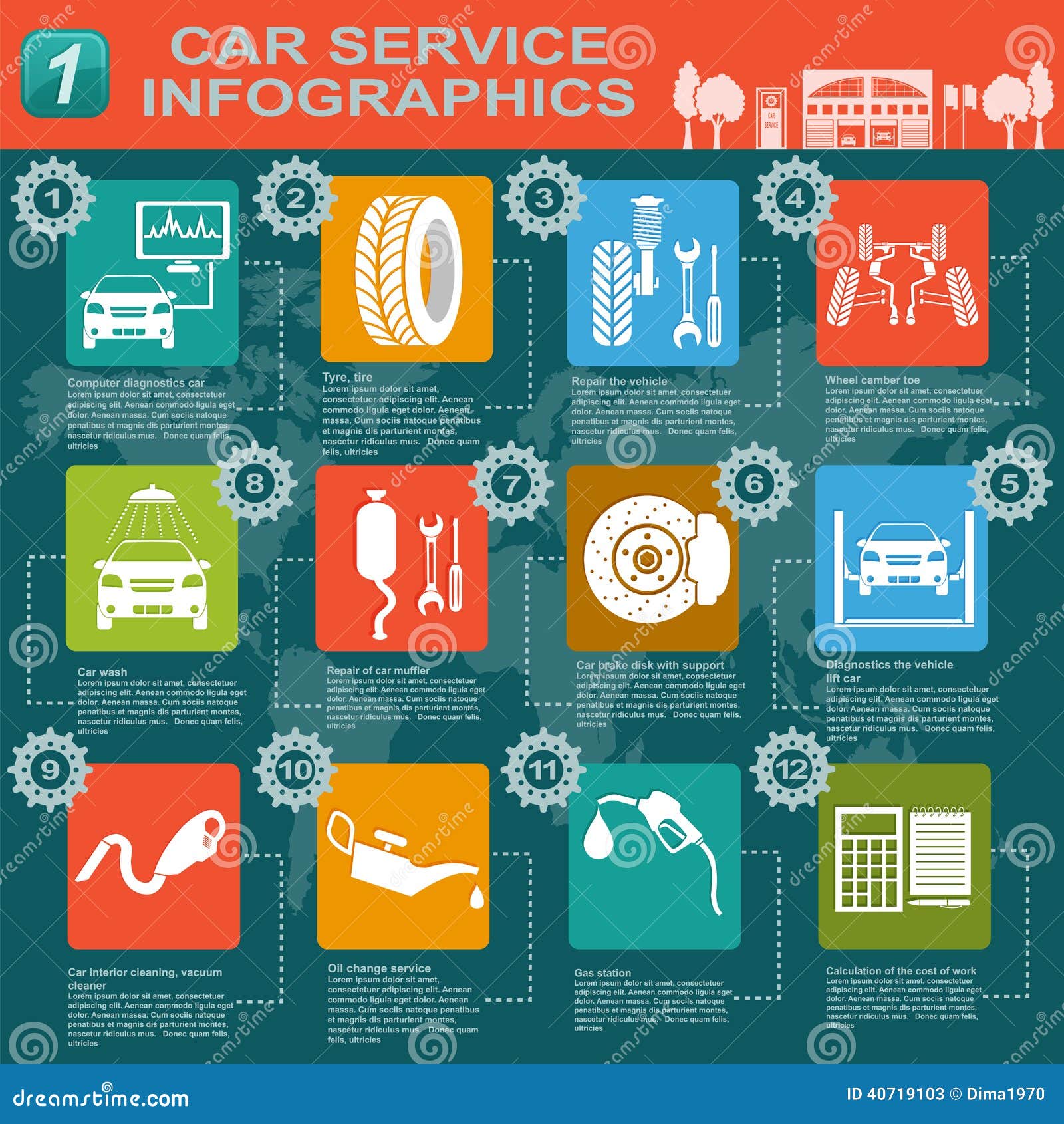Educate On Your Own On The Control Panel Caution Lights In Your Auto To Comprehend Their Effect On The Health And Safety Of Your Car
Educate On Your Own On The Control Panel Caution Lights In Your Auto To Comprehend Their Effect On The Health And Safety Of Your Car
Blog Article
Composed By-McKee Conradsen
When you're behind the wheel, those glowing warning lights on your control panel can be a bit perplexing. Do you understand what they're trying to inform you about your car's health and wellness? Recognizing the relevance of these lights is important for your safety and the durability of your vehicle. So, the next time one of those lights pops up, wouldn't you wish to analyze its message accurately and take the essential steps to address it?
Common Caution Lighting and Interpretations
Recognize usual caution lights in your auto and understand their meanings to make sure safe driving.
One of the most normal warning lights include the check engine light, which signals issues with the engine or emissions system. If this light begins, it's important to have your vehicle examined immediately.
The oil pressure alerting light indicates reduced oil stress, needing immediate interest to avoid engine damages.
A flashing battery light could recommend a faulty billing system, possibly leaving you stranded if not attended to.
The tire pressure surveillance system (TPMS) light alerts you to low tire stress, influencing automobile security and gas performance. Disregarding auto upholstery repair can bring about harmful driving conditions.
The abdominal light shows an issue with the anti-lock braking system, endangering your ability to stop promptly in emergencies.
Last but not least, the coolant temperature level warning light warns of engine getting too hot, which can cause serious damage if not fixed promptly.
Recognizing these usual warning lights will aid you address concerns immediately and keep secure driving problems.
Relevance of Prompt Interest
Comprehending the typical caution lights in your automobile is just the very first step; the relevance of promptly dealing with these cautions can't be emphasized sufficient to ensure your safety and security on the road.
When a caution light brightens on your dashboard, it's your cars and truck's way of interacting a prospective issue that requires interest. Disregarding these cautions can lead to extra extreme issues in the future, endangering your safety and security and possibly costing you more in repairs.
Motivate interest to advising lights can prevent failures and crashes. As an example, a flashing check engine light can indicate a misfire that, if left neglected, can cause damages to the catalytic converter. Resolving this without delay can conserve you from an expensive fixing.
Likewise, a brake system advising light may signify low brake fluid or worn brake pads, important elements for your safety and security when driving.
DIY Troubleshooting Tips
If you notice a warning light on your dashboard, there are a couple of do it yourself troubleshooting suggestions you can attempt before looking for expert aid.
The first step is to consult your automobile's handbook to recognize what the details caution light suggests. Often the problem can be as simple as a loosened gas cap setting off the check engine light. Tightening the gas cap might fix the trouble.
An additional typical issue is a low battery, which can trigger various warning lights. Examining the battery connections for rust and ensuring they're safe may take care of the problem.
If a caution light persists, you can try resetting it by detaching the vehicle's battery for a couple of mins and then reconnecting it. Additionally, checking Read Full Report , such as oil, coolant, and brake fluid, can aid repair cautioning lights connected to these systems.
Conclusion
To conclude, recognizing your automobile's caution lights is crucial for keeping your lorry running efficiently and safely. By quickly addressing these informs and knowing what they mean, you can stay clear of costly repair work and prospective malfunctions.
Remember to consult your car's guidebook for specific information on each cautioning light and act as necessary to guarantee a hassle-free driving experience.
Stay educated, stay safe when traveling!
